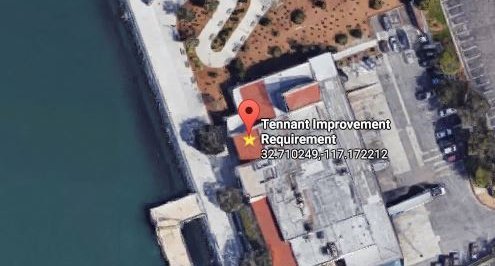Built Environment Requirements & The Driving Question About Them

In a previous post, I introduced Built Environment Innovation Challenges (a form of project based learning) as way to engage students and community in real-world problems, direct students to towards career opportunities, and long term ownership stake in viable, innovative built environment ventures. Built environment innovations, large or small, start with a expressed requirement. In this context, a requirement refers to a need or a want for repair, maintenance, modernization, re-purposing, or an entirely new improvement at a specific location. It can be expressed (or communicated) through content such as text, diagrams, maps, etc. that concisely captures the "5W's":
Where is the requirement?
What is the requirement?
Who is expressing or has an interest in the requirement?
When was the requirement identified or discovered?
Why is it a requirement?
Students or members of the public can share 5W's about requirements they are aware of by commenting on this post, or on BEIC's requirements input form by clicking here. This content informs the "driving question" that initiates a Built Environment Innovation Challenge:
What are three viable alternatives (choices or possible solutions) you think would meet the expressed requirement and what do you think makes them viable and preferable to a "do-nothing" alternative?
The first experience (or "XP" in the LRNG system) for all students participating in a Built Environment Innovation Challenge is to discuss, think about, and respond to the challenge question as blog posts on BEIC's (the Built Environment Innovation Connection's) private blog. Subject matter experts from built environment related professions and trades review the responses. They then assess the range of knowledge-levels among participating students, and plan a charrette for students (assuming roles such as property-owner/manager, designer/builder, or regulator/permitting-authority, etc.) to participate in during the culminating challenge phase of a Built Environment Innovation Challenge.
Previous post: Built Environment Innovation Challenges